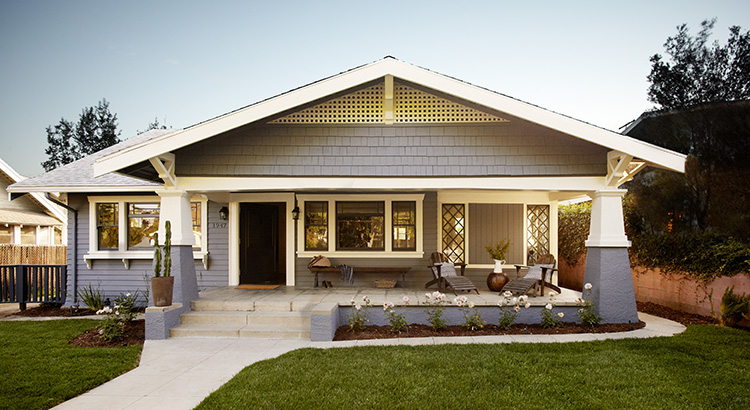The dream of owning a home is one that many people aspire to achieve. However, one of the biggest obstacles in turning this dream into reality is saving up for a down payment. While it may seem daunting at first, there are several creative ways you can save for a down payment without sacrificing your financial well-being. Let’s explore some innovative strategies that can help you accumulate funds and bring you closer to your homeownership goals.
1. Set a Realistic Savings Goal:
Before you embark on your savings journey, it’s essential to determine how much you need to save for your down payment. Research the housing market and calculate an achievable down payment goal based on your target home’s price range. This step will give you a clear target to work towards and motivate you to stick to your saving plan.
2. Automate Your Savings:
One of the easiest and most effective ways to save for a down payment is to automate your savings. Set up an automatic transfer from your checking account to a designated savings account every month. By doing so, you’ll ensure that a portion of your income goes directly towards your down payment without any temptation to spend it elsewhere.
3. Create a Budget:
Creating a comprehensive budget is crucial to understanding your spending habits and identifying areas where you can cut back. Analyze your expenses, separate your needs from your wants, and identify areas where you can reduce discretionary spending. Allocate the money saved towards your down payment fund. Apps and online tools can be immensely helpful in tracking your expenses and sticking to your budget.
4. Minimize Monthly Costs:
Saving for a down payment often requires making temporary sacrifices. Consider downsizing your living arrangements or moving to a more affordable area temporarily. This could mean renting a smaller apartment or moving in with family or friends to reduce your monthly expenses significantly. Remember, these changes are temporary and will bring you closer to your ultimate goal.
5. Side Hustles and Additional Income:
Exploring side hustles or finding additional sources of income can provide a significant boost to your savings. Consider freelancing, tutoring, or offering your skills and services online. Websites and platforms like Fiverr, Upwork, and TaskRabbit allow you to monetize your talents and generate extra income that can be directly allocated towards your down payment.
6. Cut Back on Unnecessary Expenses:
Evaluate your lifestyle and identify unnecessary expenses that can be eliminated or reduced. This may include dining out less frequently, canceling unused subscriptions, or finding cheaper alternatives for entertainment and leisure activities. Small changes in daily habits can add up to significant savings over time.
7. Explore Down Payment Assistance Programs:
Research local and national down payment assistance programs that may be available to you. These programs offer grants, loans, or other forms of financial aid to eligible individuals or families. Consult with a mortgage advisor or a housing counselor who can guide you through the process and help you identify suitable options.
Saving for a down payment on a home may require discipline and commitment, but with creative strategies, it’s an attainable goal. By automating your savings, creating a budget, minimizing expenses, seeking additional income, and exploring down payment assistance programs, you can accelerate your progress and make your dream of homeownership a reality. Remember, every small step counts, and with determination, you’ll inch closer to your goal of owning a home you can call your own.
-
Don’t Miss This Prime Spring Window To Sell Your House
According to Realtor.com, the best week to list your house this year was April 13–19. Continue reading -
4 Ways To Make an Offer That Stands Out This Spring
Now that spring is here, more and more buyers are jumping back… Continue reading -
The #1 Thing Sellers Need To Know About Their Asking Price
When you put your house on the market, you want to sell… Continue reading -
Paused Your Moving Plans? Here’s Why It Might Be Time To Hit Play Again
Last year, 70% of buyers abandoned their home search – and maybe you were… Continue reading




